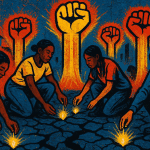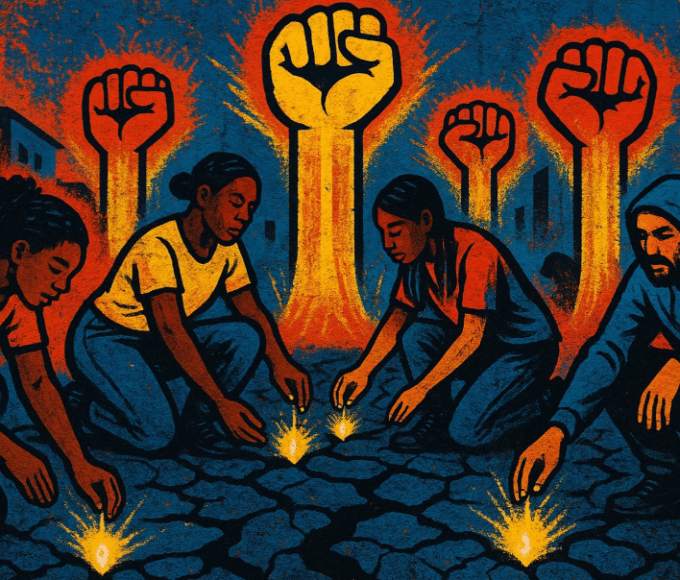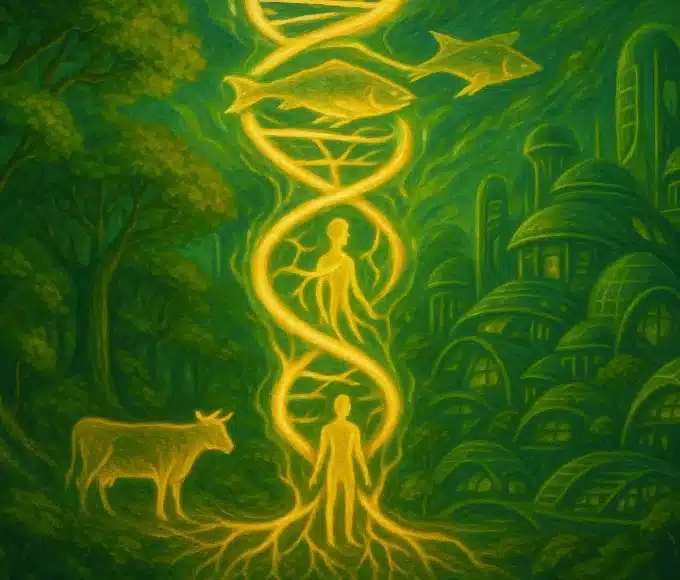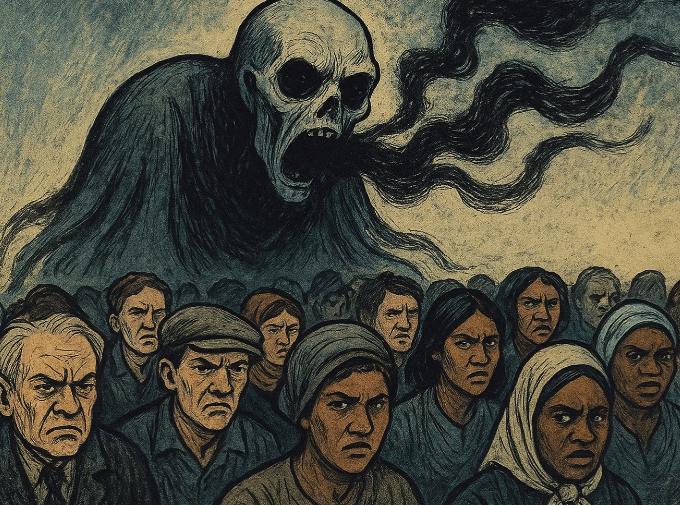The loneliness epidemic is one of the strangest features of modern life. We have more apps, chats, notifications, and ways to reach each other than ever, and yet people feel increasingly alone.
I notice it in my own life. A hundred names on my phone, dozens of unread group messages, and still, there are nights where the silence feels heavier than it should.
Why the Loneliness Epidemic Exists
Sociologists like Robert Putnam (author of Bowling Alone) warned that social bonds were fraying long before social media. Community clubs, churches, and neighborhood gatherings were declining.
The internet was supposed to fix this gap. Instead, it created a substitute that looks like connection but often feels hollow.
The loneliness epidemic thrives in hyperconnected societies because quantity has replaced quality. An Instagram like is not the same as a conversation.
A Zoom call does not recreate the warmth of sitting with a friend. Sherry Turkle, an MIT professor, describes this perfectly in her book Alone Together. We are always connected but rarely present.
The Health Costs We Ignore
Loneliness is not just sad, it is deadly. A 2015 meta analysis in Perspectives on Psychological Science found that loneliness increases mortality risk as much as smoking fifteen cigarettes a day.
The U.S. Surgeon General recently declared loneliness a public health crisis, linking it to higher risks of heart disease, dementia, and depression.
The irony is brutal. In societies where people live closer together, commute in crowded trains, and work in busy offices, isolation can still dominate. It is not about bodies around us. It is about bonds that matter.
Why Hyperconnection Makes It Worse
Here is where opinion comes in. The very tools designed to make us less lonely amplify the loneliness epidemic. Social media creates constant comparison.
When everyone else seems to be laughing at brunch or traveling the world, your own quiet Sunday feels like failure. Algorithms feed this insecurity because it keeps you scrolling.
The result is a society where people can spend hours “connected” and end the day feeling more invisible than ever.
What Can Actually Help
You cannot fix the loneliness epidemic with another app or another group chat. What helps is brutally simple:
-
Depth over reach. Nurture two or three close relationships instead of chasing dozens of shallow ones.
-
Shared rituals. Weekly dinners, walks, or even gaming nights. Rituals create glue.
-
Vulnerability. Real talk about struggles instead of curated highlights.
A study in Journal of Social and Personal Relationships found that frequency of contact mattered less than the depth of disclosure. In other words, one honest conversation beats a hundred surface level exchanges.
The loneliness epidemic is not inevitable, but it is spreading because we keep mistaking contact for connection. Hyperconnected societies give us endless ways to touch base but very few ways to touch souls.
If we want to escape the epidemic, it will not come from new platforms or new tech. It will come from the oldest cure we have: showing up fully for each other.
Read more – The Importance of Social Activism and Why Even Small Acts Count













